The iPhone XS & XS Max Review: Unveiling the Silicon Secrets
by Andrei Frumusanu on October 5, 2018 8:00 AM EST- Posted in
- Mobile
- Apple
- Smartphones
- iPhone XS
- iPhone XS Max
Camera - Daylight Evaluation: Zoom and Scenic
The iPhone XS’ come with a brand-new camera module: Apple has increased the sensor size of the main camera sensor by upping the pixel pitch from 1.22µm to 1.4µm. This increases the actual area of each pixel by 48%, which means it equivalently increases the light collection capabilities of the sensor.
Apple hadn’t changed the lens system, and because the sensor is now bigger, it means that the effective field of view has increased, reducing the focal length from a 35mm equivalent of 28mm down to 26mm. Apple didn’t really talk much about this during the keynote nor in the marketing materials of the phone, however I do find it as a great positive of the phone, as in everyday shots you just get more scene to work with, something that makes a lot of sense given the continued inclusion of a 2x telephoto lens.
SmartHDR as Apple calls it, is a new HDR system on the new iPhone XS’. The phone will now capture two subsequent pictures, one at high exposure, and one at low exposure, and apply proper processing to create a natural looking high dynamic range image.
[ iPhone XS ] - [ iPhone X ] - [ iPhone 7 ] - [ iPhone 6S ]
[ Galaxy Note9 ] - [ Galaxy S9+ ] - [ Galaxy S8 ]
[ LG G7 ] - [ LG G6 ] - [ LG V30 ]
[ OnePlus 6 ] - [ Mi MIX2S ] - [ Pixel 2XL ]
[ P20 Pro ]
Starting off with the first scene, I’m actually surprised just as how many phones still have trouble with such a shot and in getting a correct photo exposure. The difficulty in this shot in bright sunlight and clear skies, is that a lot of phones will apply their HDR processing and overdo it in terms of bringing down the highlights of the trees, resulting in outright muted colours that just look odd and more something you’d expect from an overcast day.
The iPhone XS performs excellently in this regard, as it’s able to properly maintain the bright sunlit foliage throughout the scene – something the vast majority of other phones had trouble with. Previously I was a fan of the OnePlus 6’s HDR processing, and the V30 also produced great pictures (Something that the G7 couldn’t reproduce).
The improvements of the iPhone XS over the iPhone X are less so in the highlights, but more in the shadows of this shot. The XS just manages to retain a significantly more details in the dark areas.
In terms of detail retention, the iPhone XS might be a bit better than the X. On the left side of the picture I had quite some blurring on the iPhone X, I’m not sure if this is due to shake or optics, something we can verify in later shots.
In terms of the 2x telephoto lens, the iPhone XS sees huge improvements over the iPhone X. While last year’s iPhone had significant issues in terms of colour reproduction on the zoom lens, the iPhone XS’ result is much more akin to the main sensor’s image. There’s an outstanding difference in colours as well as increased detail retention in the shadows. Other 2x zoom phones also have great difficulty in terms of their HDR processing, and it looks like the XS’ new processing puts it at the forefront in this shot.
[ iPhone XS ] - [ iPhone X ] - [ iPhone 7 ] - [ iPhone 6S ]
[ Galaxy Note9 ] - [ Galaxy S9+ ] - [ Galaxy S8 ]
[ LG G7 ] - [ LG G6 ] - [ LG V30 ]
[ OnePlus 6 ] - [ Mi MIX2S ] - [ Pixel 2XL ]
[ P20 Pro ]
Moving onto the next shot, we have again a scenic shot brightly lit up by the sun. Here it’s a lot harder to see the difference between the iPhone X and the new XS – other than the wider field of view of the new module. Both phones do well, although I feel like Apple’s reducing the highlights on the buildings just maybe a bit too much, not properly conveying the brightness of the scene. I feel Samsung is doing better in this regard, but they might overdo it. OnePlus 6’s processing is again a sweet-spot in-between, I feel.
Again on the left side of the image we see some significant chromatic aberrations on the iPhone X, and the XS is able to provide sharp details up until the very edges of the frame, meaning Apple seems to have improved the quality control on the lens glass.
Detail-wise, the main shooter is on par with the iPhone X and this year’s Galaxy phones, with relatively minor differences between all the phones.
Again on the telephoto lens, the XS improves on the X, even when not quite as evident in this shot. The colour balance is better, and the contrast between highlights and shadows is mode defined.
[ iPhone XS ] - [ iPhone X ] - [ iPhone 7 ] - [ iPhone 6S ]
[ Galaxy Note9 ] - [ Galaxy S9+ ] - [ Galaxy S8 ]
[ LG G7 ] - [ LG G6 ] - [ LG V30 ] - [ OnePlus 6 ]
[ Mi MIX2S ] - [ Pixel 2XL ] - [ P20 Pro ]
We continue on, and again here we see the main improvements of the iPhone XS’ processing is much better retention of shadow detail and contrast.
This is also the first shot where the XS has an evident advantage in detail over the X: The new phone had a mere 1/2257th second exposure, shorter than the iPhone X’s 1/1621th second one. Beyond the improvements in the shadows, there’s also a lot more detail overall in the scene. Notice how the brickwork on the cathedral tower is a lot more defined on the XS.
In terms of competition, Samsung is able to get even more details out of the shadows and produce a brighter image overall. While the iPhone XS isn’t the best in terms of bringing out the shadows across the phones, it gives an excellent balance between brightness and image sharpness.
[ iPhone XS ] - [ iPhone X ] - [ iPhone 7 ] - [ iPhone 6S ]
[ Galaxy Note9 ] - [ Galaxy S9+ ] - [ Galaxy S8 ]
[ LG G7 ] - [ LG G6 ] - [ LG V30 ] - [ OnePlus 6 ]
[ Mi MIX2S ] - [ Pixel 2XL ] - [ P20 Pro ]
The exposure and colour balance between the XS and X is very similar in this shot. Only again in the shadows does the XS bring out more details. The red chair is a good example of how the wide gamut capture of the iPhone’s can really distinguish themselves from the competition – unfortunately if you don’t have a proper display to showcase this one, it’ll result in toned down colours. Least to say, it looks really iridescent on the iPhone XS’ display.
[ iPhone XS ] - [ iPhone X ] - [ iPhone 7 ] - [ iPhone 6S ]
[ Galaxy Note9 ] - [ Galaxy S9+ ] - [ Galaxy S8 ]
[ LG G7 ] - [ LG G6 ] - [ LG V30 ] - [ OnePlus 6 ]
[ Mi MIX2S ] - [ Pixel 2XL ] - [ P20 Pro ]
In this shot, we again see more shadows than in the iPhone X. The iPhone produces a tad lower exposure than the S9, Note9 and OP6 – however I do understand why this is as the sun against the building really blows out on those phones, but I do think the foliage on the competition looks a bit better. Maybe something in-between would have been the best result. I like the Note9’s processing here a tad more, while detail wise both the phones are neck-in-neck.
[ iPhone XS ] - [ iPhone X ] - [ iPhone 7 ] - [ iPhone 6S ]
[ Galaxy Note9 ] - [ Galaxy S9+ ] - [ Galaxy S8 ]
[ LG G7 ] - [ LG G6 ] - [ LG V30 ] - [ OnePlus 6 ]
[ Mi MIX2S ] - [ Pixel 2XL ] - [ P20 Pro ]
In this shot, while the iPhone XS has more contrast in the shadows, it actually seems to lose a bit of detail versus the iPhone X – something you can see in the darker brickwork on the left bridge. In other parts of the scene, the XS is superior, and resolves a lot more detail in the barks of the trees on the right.
Samsung and OnePlus both had less issues in the shadow-cast bricks, and both provided an overall brighter image, although if that’s a positive is a thing of preference. Personally I do prefer the OP6’s HDR a lot here as it just does a better job on the brickwork.
[ iPhone XS ] - [ iPhone X ] - [ iPhone 7 ] - [ iPhone 6S ]
[ Galaxy Note9 ] - [ Galaxy S9+ ] - [ Galaxy S8 ]
[ LG G7 ] - [ LG G6 ] - [ LG V30 ] - [ OnePlus 6 ]
[ Mi MIX2S ] - [ Pixel 2XL ] - [ P20 Pro ]
Hopefully we’ve had enough sunlit scenes for this page, so moving on to more levelled scenarios.
The very first thing that pops out in this image between the iPhone XS and the iPhone X is that the XS no longer blows out the sky, and we actually see some blue.
While overall exposure and colour balance in the scene is similar, detail retention on the iPhone XS is significantly better. Here the XS is able to resolve cracks and textures on the walls that were invisible to the X.
While the XS stands out against the X in terms of details, it still falls behind the Samsung phones as both the Note9 and S9 do better on the textures of the buildings.


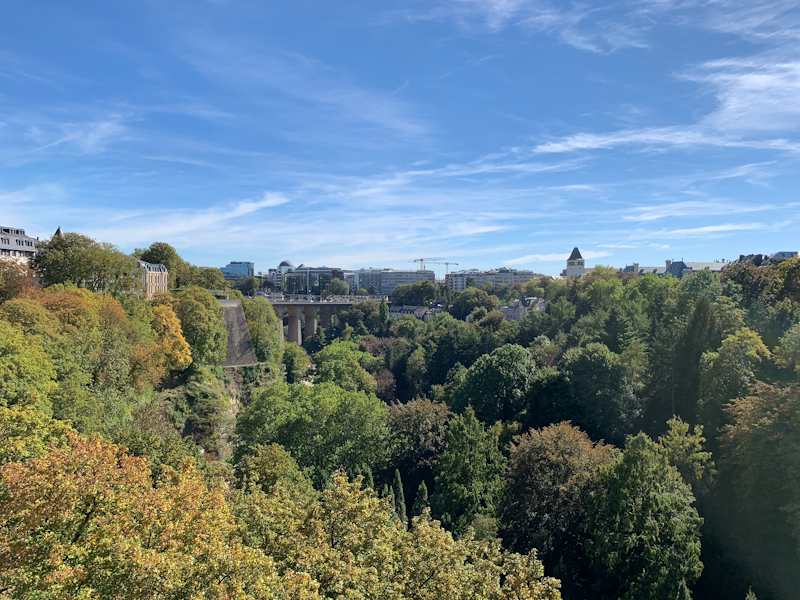
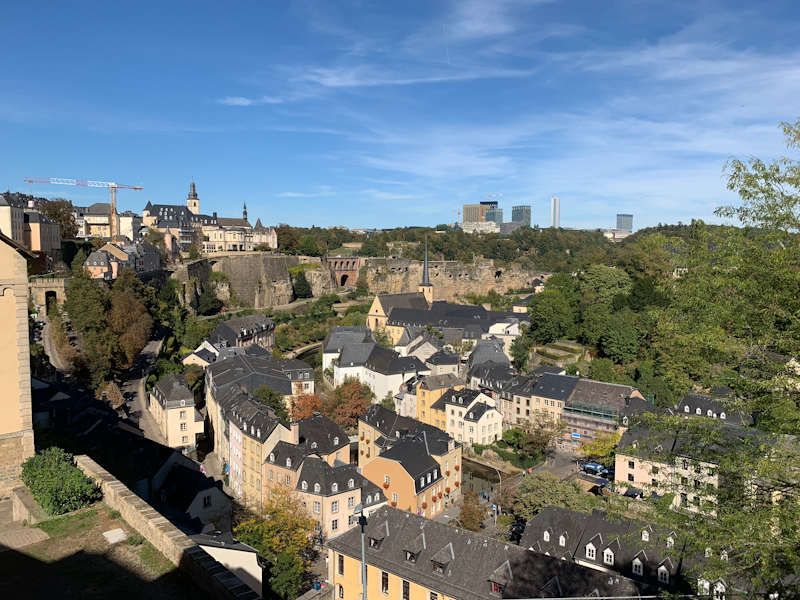
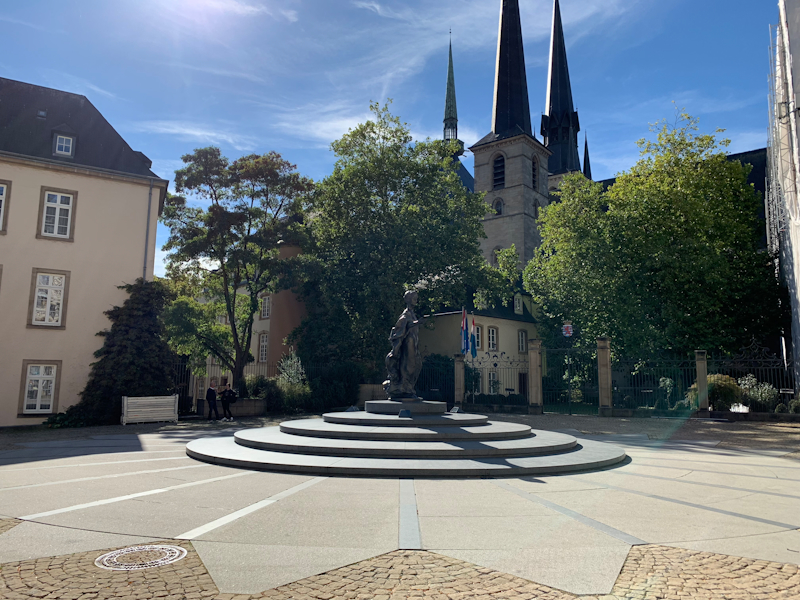
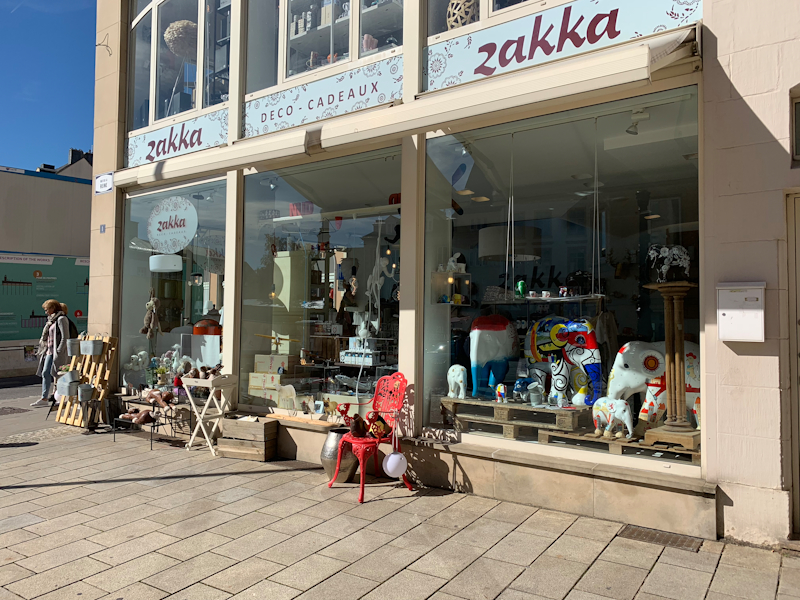
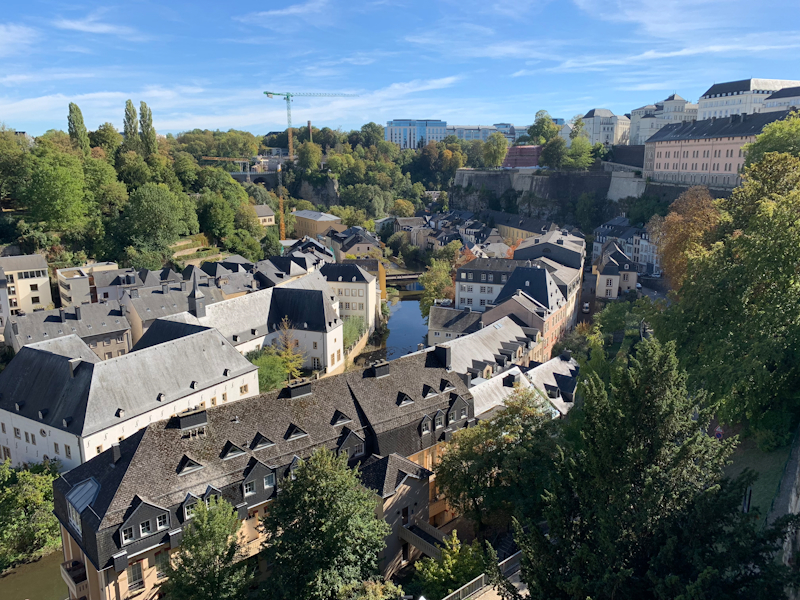
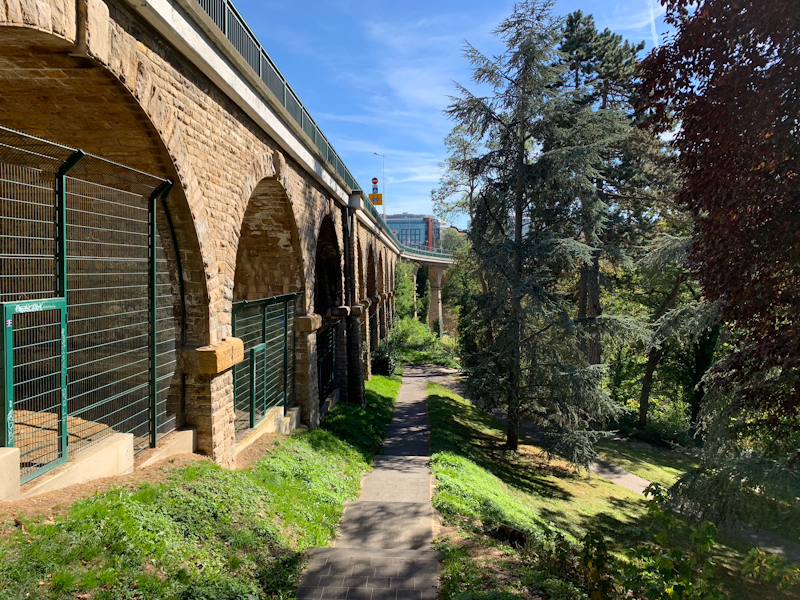
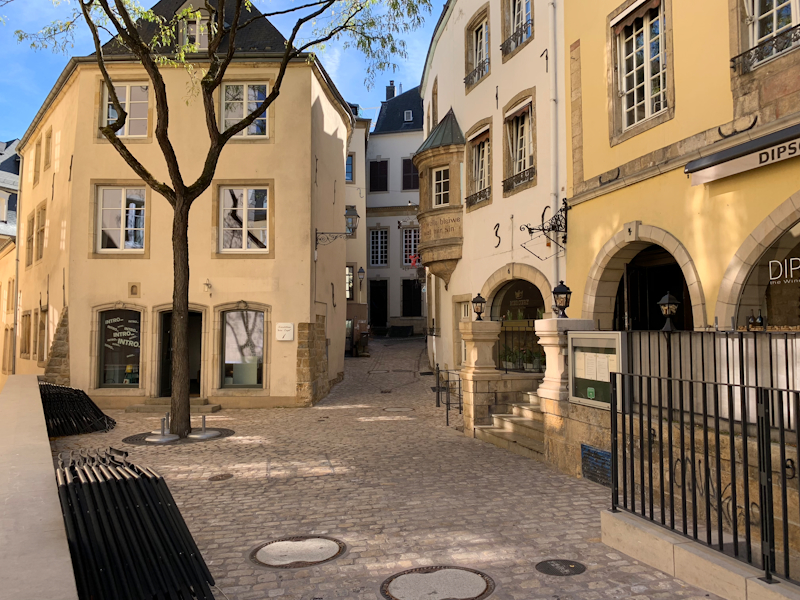








253 Comments
View All Comments
alexdi - Tuesday, February 5, 2019 - link
As a tech geek, I agree with your analysis. I have an X because the XR looks like a cheap design and I appreciate AMOLED. I think this is a minority sentiment, though. The XR is a stellar handset, perhaps the best available for most people. Between the battery life, SoC, and Apple's generous iOS update policy, the longevity will be extraordinary. I expect to see "still happily rolling along" comments even into 2025.Anirudh2FL - Wednesday, June 26, 2019 - link
Is it just me or are iPhones fast becoming one of the worst flagships to take pics in low light/indoor light ?Are the pics as bad as they appear ?
Forgun - Tuesday, June 23, 2020 - link
Thanks for the useful information.